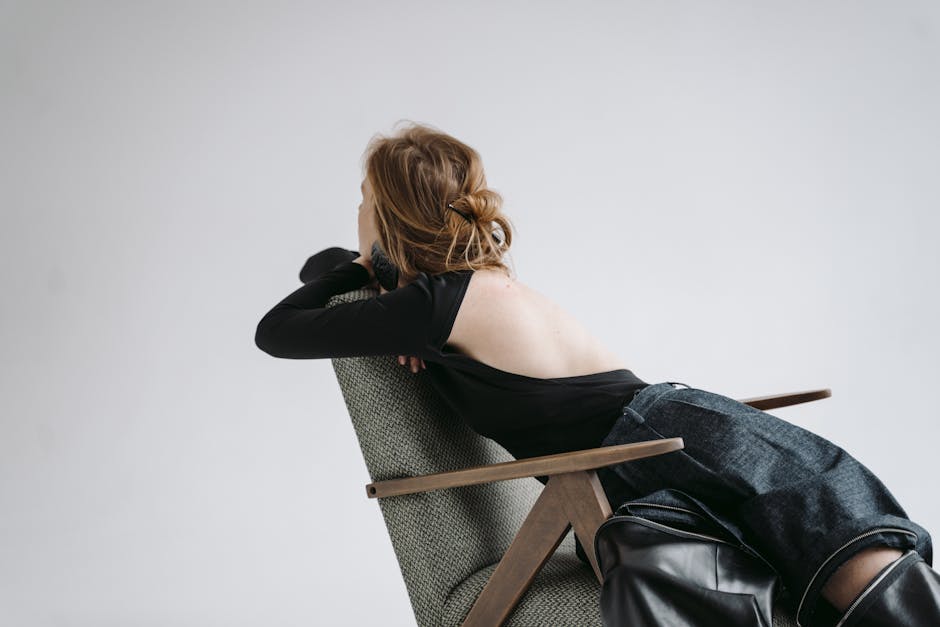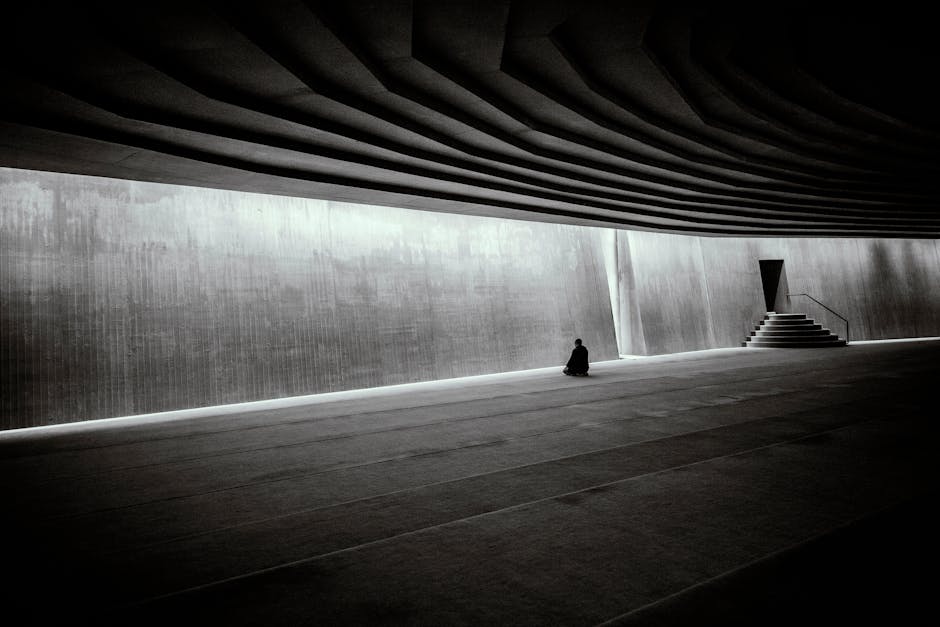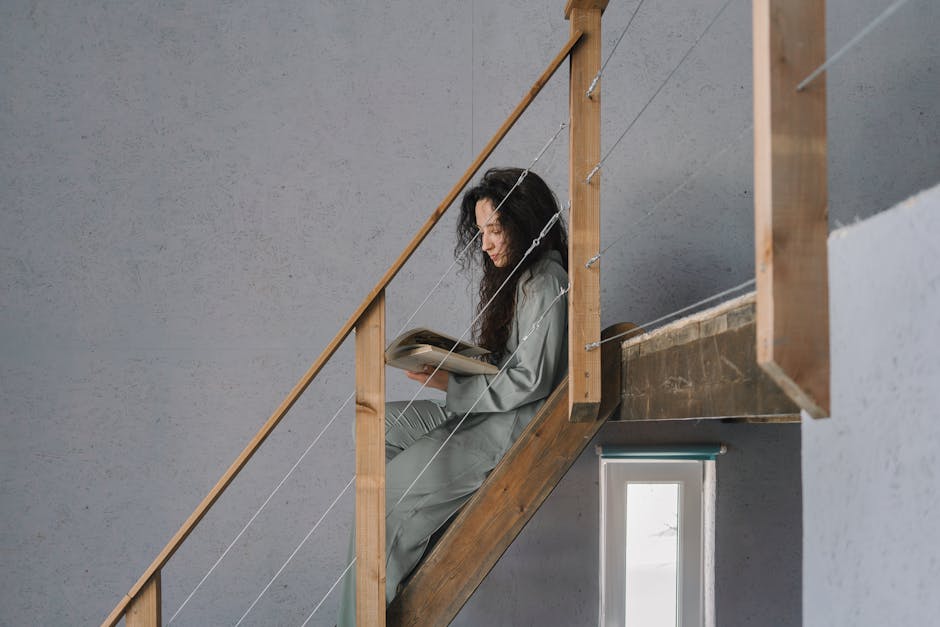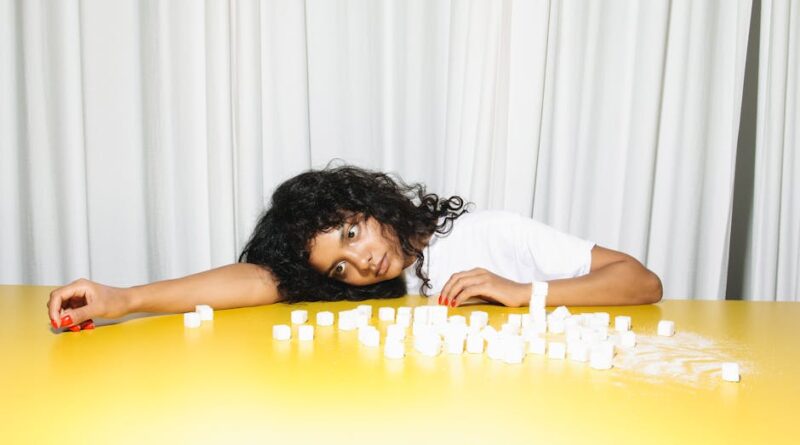Elevating Spaces with Thoughtful Design Choices
Have you ever walked into a room and felt instantly at peace? Maybe it was the color of the walls or the cozy furniture. Thoughtful design choices can transform any space into a haven. Whether you’re redecorating your home or designing a workspace, the right decisions make a huge difference.
What Does Thoughtful Design Mean?

Thoughtful design considers the function, aesthetics, and emotional impact of a space. It means creating environments that are not just beautiful but also practical and inviting. For example, a well-placed lamp can brighten a room and improve your mood.
The goal is to make spaces that feel right. Think about your favorite coffee shop or the most relaxing room in your home. What elements make them special? Maybe it’s the soft lighting, comfortable seating, or even the artwork on the walls.
How Can Colors Influence a Space?

Colors affect our emotions and perceptions. Choosing the right color can make a space feel warm and inviting or cool and calming. Here are some common associations with colors:
- Blue: Calming and serene, great for bedrooms.
- Yellow: Bright and cheerful, perfect for kitchens.
- Green: Refreshing and natural, ideal for living areas.
- Red: Energizing and passionate, works well in dining rooms.
When selecting colors, consider the mood you want to create. You can also mix colors for a balanced look. For example, pairing a soft yellow with a gentle grey can create a happy yet soothing atmosphere.
What Role Does Lighting Play in Design?

Lighting is crucial in setting the mood of a space. Natural light brings warmth and energy. Artificial light adds functionality. Think about how different light sources can change a room:
- Ambient lighting: General light that fills the room.
- Task lighting: Focused light for specific tasks like reading.
- Accent lighting: Highlights features like artwork.
For instance, a living room with a mix of ambient and task lighting can feel inviting and functional. Consider using dimmers for more control over the light intensity.
How Can Furniture Arrangement Affect Flow?

The way you arrange furniture can influence how people move and interact in a space. An open layout encourages conversation, while cozy arrangements can create intimacy. Think about these tips:
- Place seating in groups to foster conversation.
- Leave pathways clear for easy movement.
- Choose furniture that fits the scale of the room.
For example, in a small living room, a couple of chairs and a coffee table arranged in a circle can create a friendly vibe. In contrast, a large sectional can make a big room feel welcoming.
what’s the Importance of Texture and Materials?
Texture adds depth and interest to a space. Mixing different materials can create a layered look. Consider how these textures can enhance your design:
- Soft textiles: Cushions and rugs make a room cozy.
- Hard surfaces: Wood and metal add structure.
- Natural elements: Plants and stone bring the outdoors in.
For instance, pairing a soft wool blanket with a sleek leather couch can create a balanced and inviting atmosphere. It’s all about contrast and harmony.
How Can Personal Touches Enhance a Space?
Personal touches make a space feel unique and inviting. Family photos, travel souvenirs, or favorite artworks tell your story. Here are ways to incorporate personal elements:
- Use framed photos on a gallery wall.
- Include souvenirs from your travels on shelves.
- Display your favorite books or artwork prominently.
These elements not only beautify your space but also spark conversations. They make your home truly yours.
What Are the Benefits of Biophilic Design?
Biophilic design connects people with nature. It includes elements like plants, natural light, and outdoor views. Studies show that biophilic design can reduce stress and improve wellbeing. Here are ways to incorporate it:
- Use indoor plants to boost air quality.
- Maximize natural light through large windows.
- Choose natural materials like wood and stone.
For example, adding a few potted plants to your workspace can lift your mood and make the environment more pleasant. it’s like bringing a little bit of the outdoors inside!
How Can You Use Space Wisely?
Smart space usage can make even small areas feel functional and comfortable. Here are a few strategies:
- Opt for multi-functional furniture, like a sofa bed.
- Use vertical space with shelves and hooks.
- Keep clutter to a minimum for a clean look.
For instance, a small apartment can benefit from a dining table that doubles as a workspace. This flexible approach allows you to use your space effectively without sacrificing style.
What Are Common Misconceptions About Design?
Many people believe that good design requires a large budget. This isn’t true! Thoughtful design choices can be made on any budget. Here are common misconceptions:
- Design is only for professionals.
- You need to be an artist to decorate well.
- Good design is expensive.
In reality, creativity and planning are key. Simple elements like rearranging furniture or painting a wall can create a fresh look without costing much.
What Are Some Actionable Takeaways?
As you embark on your design journey, keep these points in mind:
- Choose colors that reflect the mood you want to create.
- Pay attention to lightingboth natural and artificial.
- Mix textures and materials for depth and interest.
- Incorporate personal touches to make the space yours.
- Use space wisely with multi-functional furniture.
Remember, design is personal. Your space should reflect who you are and what you love.
In conclusion, thoughtful design choices can elevate any space. By considering colors, lighting, textures, and personal elements, you can create environments that feel good and look great. Start small, and enjoy the process of transforming your surroundings!
For more insights on home design, check out this resource on Apartment Therapy.

